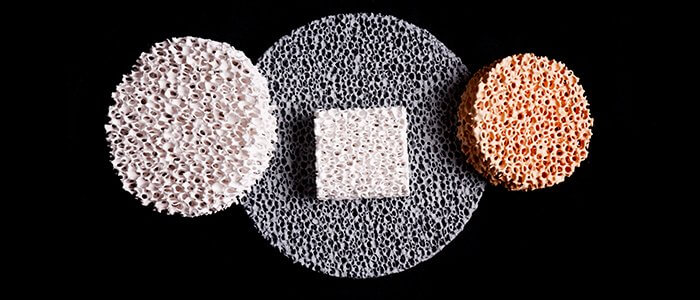Carbon is an essential element in the world of metallurgy, playing a crucial role in the formation and properties of various cast metals. The incorporation of carbon into metal alloys is a fundamental process that has been refined over centuries, resulting in materials with diverse characteristics and applications.
Carbon in Cast Metal: Incorporation
The incorporation of carbon into cast metal primarily occurs through the use of carbon-rich materials during the smelting and alloying processes. Carbon is typically introduced in the form of coke (a form of carbon derived from coal) or graphite. The level of carbon introduced into the metal alloy is a critical factor, as it determines the final properties of the resulting material.
![]()
Smelting: Smelting is the initial step in the production of cast metal. During this process, carbon-rich materials such as coke are combined with metal ores and heated to high temperatures in a furnace. The intense heat causes the carbon to react with the metal ores, resulting in the formation of carbon monoxide gas (CO) and carbon dioxide gas (CO2). The carbon monoxide produced reduces the metal ores to their elemental form, allowing for the separation of impurities.
Alloying: After smelting, many metals are alloyed with other elements to achieve specific properties. Carbon is often intentionally added during the alloying stage to create carbon-containing alloys such as cast iron and steel. The proportion of carbon added varies depending on the desired characteristics of the final product.
Impact of Carbon on Cast Metal
Carbon content significantly influences the properties of cast metal alloys. The following are some of the key effects of carbon on cast metals:
Strength and Hardness:
Carbon imparts increased strength and hardness to metal alloys. The more carbon present, the harder and stronger the material becomes. Cast iron, for example, contains a higher carbon content than steel, making it exceptionally strong and suitable for applications where hardness and durability are crucial.
Brittleness:
While carbon enhances strength, it also makes the alloy more brittle. Highly carbonized alloys are susceptible to fracture when subjected to impact or stress. To strike a balance between strength and ductility, alloy designers carefully control the carbon content.
Wear Resistance:
Carbon can improve the wear resistance of metal alloys. Cast metal components with higher carbon content tend to resist abrasion and wear, making them suitable for applications like machine parts and tools.
Heat Resistance:
Carbon content also affects a metal’s ability to withstand high temperatures. Low-carbon alloys, such as stainless steel, are more resistant to corrosion and oxidation at elevated temperatures, making them ideal for applications in the automotive and aerospace industries.
Castability:
Carbon influences the castability of metal alloys. Alloys with higher carbon content can be cast easily, making them suitable for intricate or complex shapes. This characteristic is essential in industries such as automotive manufacturing and art casting.
Carbon and Silicon Combination
Silicon carbide (SiC), formed when carbon and silicon are combined, is indeed an excellent material for use as a filter in various industrial applications, particularly in the field of metal casting and filtration. Other materials of the filter are also based on the characteristics of silicon carbide research and invention, slowly becoming an indispensable existence in the casting industry, like alumina ceramic foam filters, and zirconia ceramic foam filters. The unique properties of silicon carbide make it highly effective as a filter material.

Conclusion
Carbon’s incorporation into cast metal alloys is a fundamental process that shapes the properties and applications of these materials. The careful control of carbon content during smelting and alloying allows metallurgists to produce a wide range of alloys with diverse characteristics, from the hardness of cast iron to the heat resistance of stainless steel. Understanding the impact of carbon on cast metals is essential for selecting the right material for specific applications and optimizing the performance of various industrial components.


